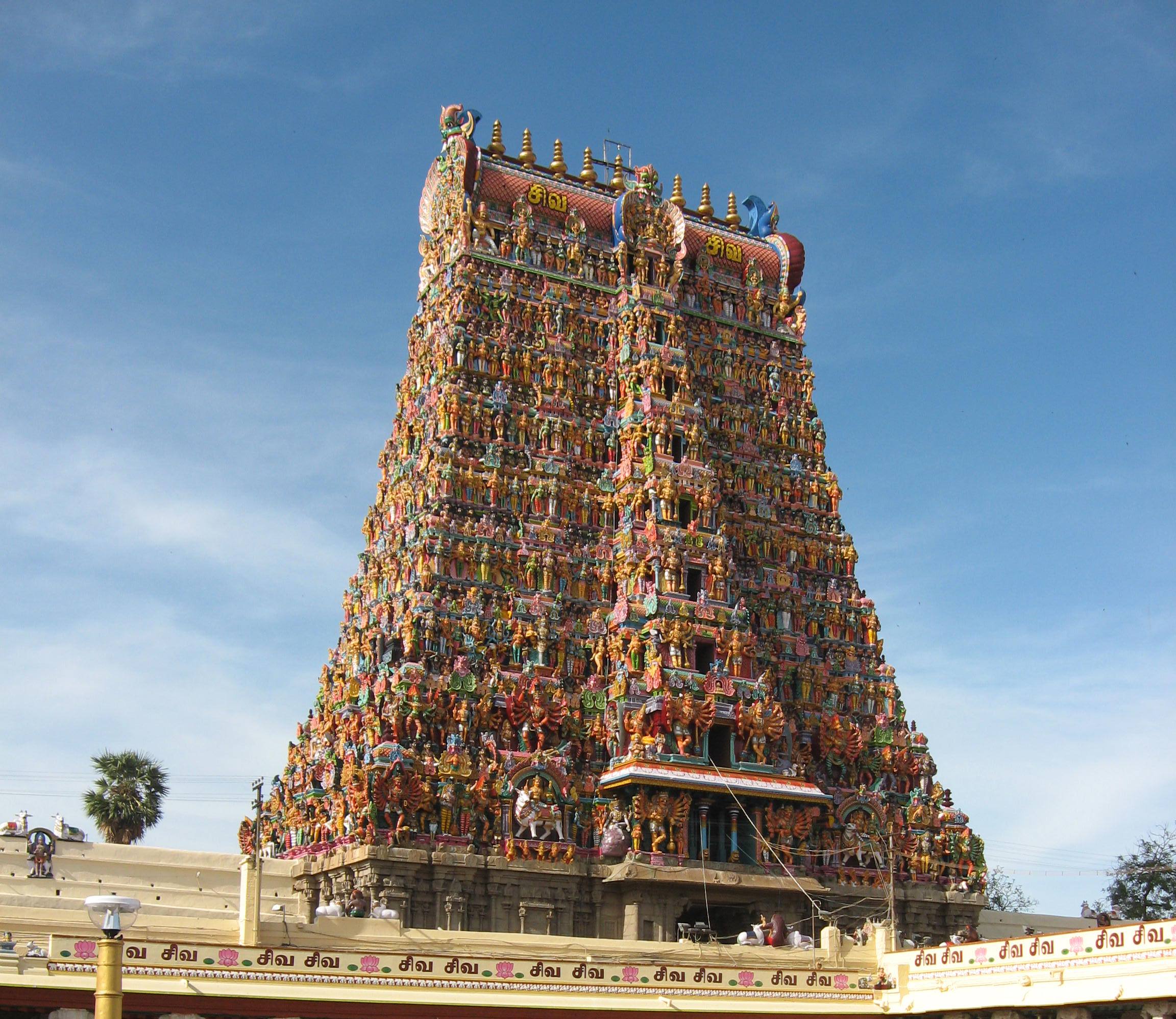The Fourteen Goddess Temple emerges as a profound spiritual sanctuary nestled in the mystical landscape of Tripura, embodying centuries of religious devotion and cultural complexity. Its origins trace back to a rich mythological tapestry where divine feminine energy converges with local spiritual traditions, creating a space of immense sacred significance.
Situated in a region renowned for its deep spiritual heritage, this temple represents more than a mere architectural structure—it is a living testament to the intricate religious practices of northeastern India. The temple's design subtly reflects the architectural nuances of traditional Bengali temple construction, with intricate geometric patterns and symbolic representations that speak to deeper metaphysical principles.
The mythology surrounding the temple intertwines multiple narrative threads, revealing complex interactions between different Hindu sectarian traditions. Stories suggest that the site represents a harmonious confluence of Vaishnava and Shakta spiritual philosophies, where divine feminine energy is celebrated and revered as a fundamental cosmic principle. This syncretism highlights the temple's role not just as a place of worship, but as a cultural bridge connecting diverse spiritual perspectives.
Local traditions attribute profound spiritual powers to the temple, with numerous legends describing miraculous interventions and divine manifestations associated with the site. Devotees speak of the temple as a powerful energy center where spiritual seekers can connect with transcendent cosmic forces, experiencing moments of profound inner transformation and enlightenment.
The annual festivals celebrated here are vibrant expressions of cultural continuity, drawing pilgrims and visitors from across the region. Rituals like Kumari Puja demonstrate the deep reverence for feminine divine energy, where young girls are honored as embodiments of spiritual potency. These ceremonies are not merely religious observances but living cultural practices that maintain historical connections.
Architecturally, the temple presents a fascinating study of sacred geometry and symbolic design. Its structure incorporates elements that reflect complex philosophical and cosmological concepts, with each architectural detail carrying layers of spiritual meaning. The temple's orientation, proportions, and decorative elements are carefully constructed to represent cosmic principles and spiritual hierarchies.
The historical context of the temple is equally compelling, reflecting the broader socio-religious dynamics of Tripura. Its preservation represents not just architectural conservation but a commitment to maintaining living spiritual traditions that have sustained communities for generations. Scholars and spiritual practitioners continue to study the temple as a significant repository of cultural and religious knowledge.
Beyond its immediate religious significance, the temple serves as a crucial cultural landmark that embodies the spiritual resilience and philosophical depth of the region. It stands as a powerful reminder of the complex, nuanced spiritual traditions that have flourished in this part of India, inviting contemplation and inspiring deeper understanding of sacred cultural practices.






